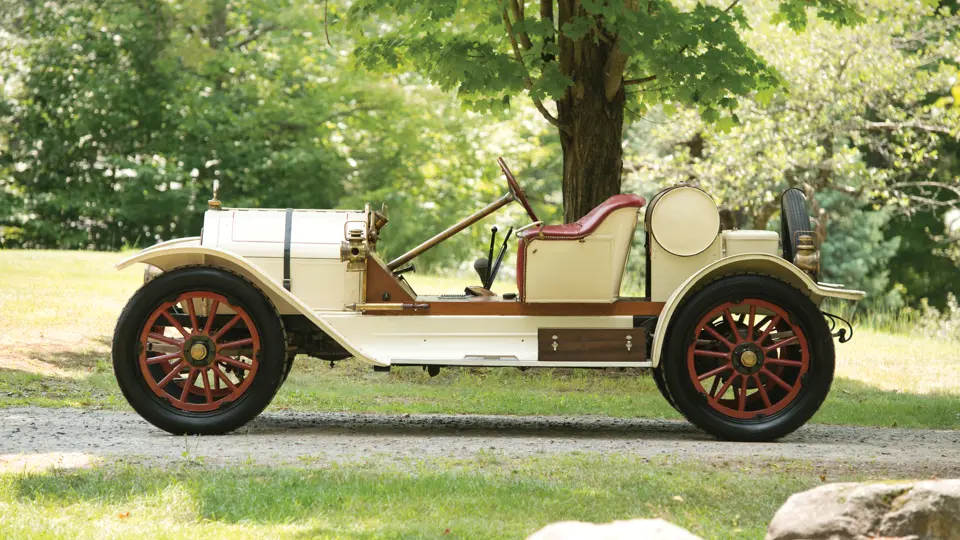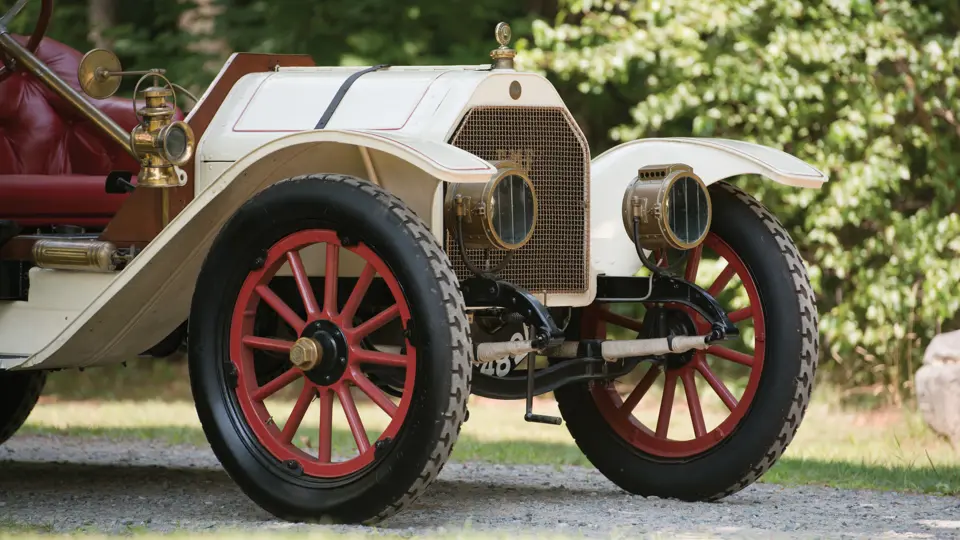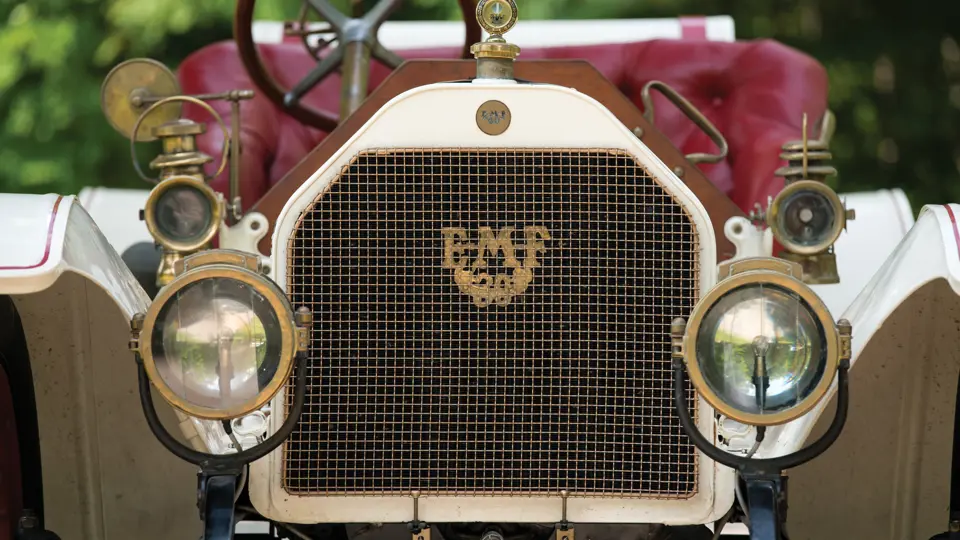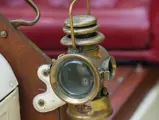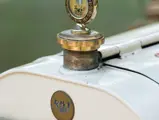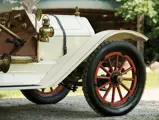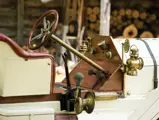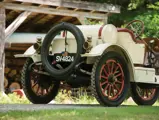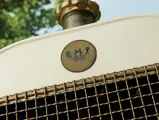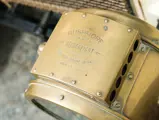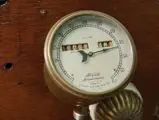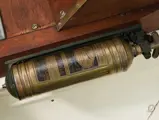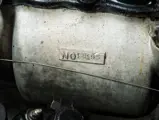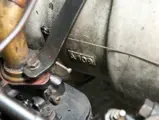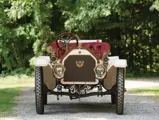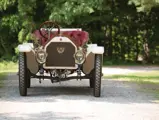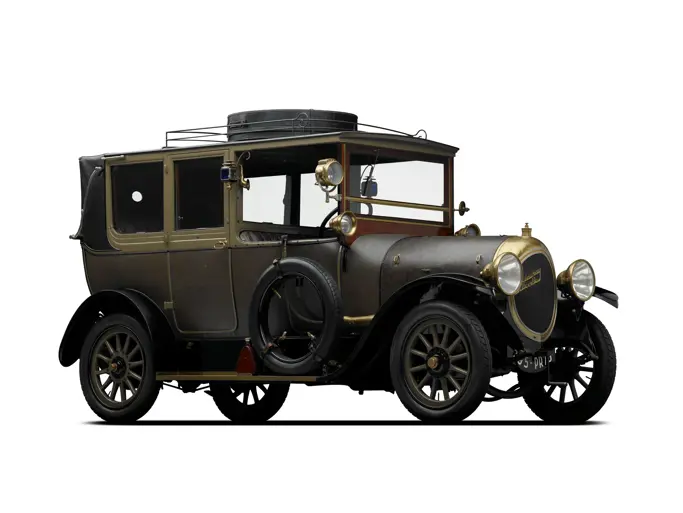
1911 E-M-F Model 30 Speedster
{{lr.item.text}}
$30,250 USD | Sold
Offered from the collection of John Moir
{{bidding.lot.reserveStatusFormatted}}
- Offered from the collection of John Moir
- A charming vintage Speedster with wonderful patina
- Produced by notable names in early Detroit and Indiana motoring
- Ideal for AACA, HCCA, and VMCCA events
30 bhp, 226.2 cu. in. L-head inline four-cylinder engine, three-speed manual rear transaxle, solid front axle, and rear-wheel mechanical brakes. Wheelbase: 108 in.
In 1908, Walter Flanders, of the Ford Motor Company, had joined with Barney Everitt, who had built automobile bodies, and William Metzger, who has been called America’s first auto dealer. Together, Everett, Metzger, and Flanders intended to mass-produce a medium-priced car a notch above Ford. To that end, chief engineer William Kelly designed a 226-cubic inch, 30-brake horsepower engine, which was mounted on a channel-section chassis frame and sent its power to the rear wheels through a three-speed rear-mounted transaxle. Yes, a transaxle in 1908!
Sales were initially encouraging, with more than 8,000 E-M-F automobiles produced in the first year. The partners took to quarreling, however, and Everitt and Metzger soon departed to build the Everitt automobile. Meanwhile, Flanders diversified, adding a lower-cost Flanders 20 and entrusting distribution to Studebaker. By the time the Model 30 offered here was built, in 1911, Studebaker had taken over completely, and the cars were badged as being manufactured by that venerable South Bend concern.
The Moir Collection’s E-M-F had begun its life as a five-passenger touring car, and at some point, the body was cut down into a two-seat speedster, with bucket seats for the driver and a passenger. The original fenders are still present, with the rear fenders slightly reshaped to suit the new body, as is the original brass trim, which has responded well to a thorough polishing. The cream body finish and red leather upholstery appear to date back to at least the 1970s, and they show age but not considerable use. Charming accessories, including brass side lamps, a flared bulb horn, a tool box, and a round fuel tank, round out the charming period-correct presentation.
This breezy, wind-in-your-face automobile is ideal for numerous club tours or for simply buzzing around country roads on a weekend morning, as it is an evocative survivor of America’s motoring past.




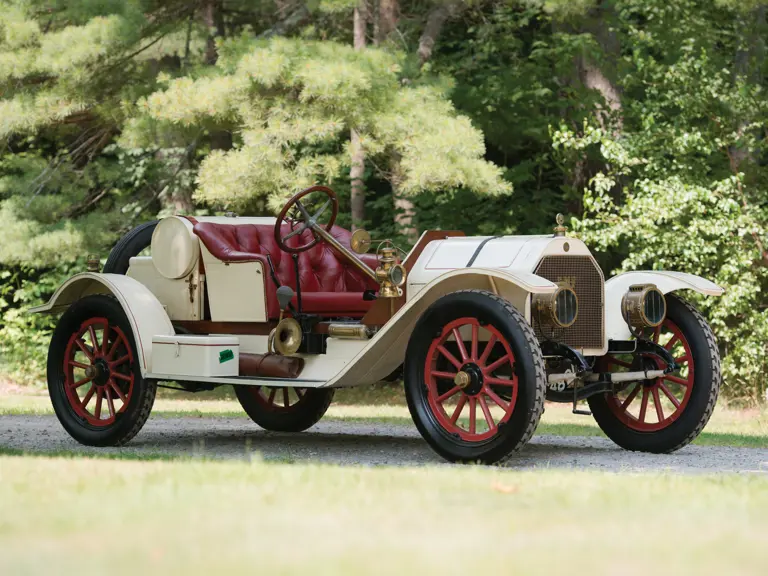
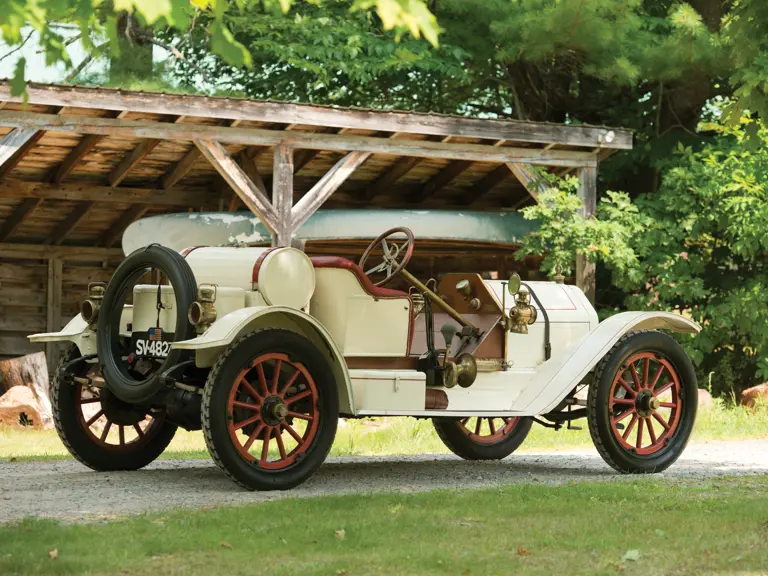


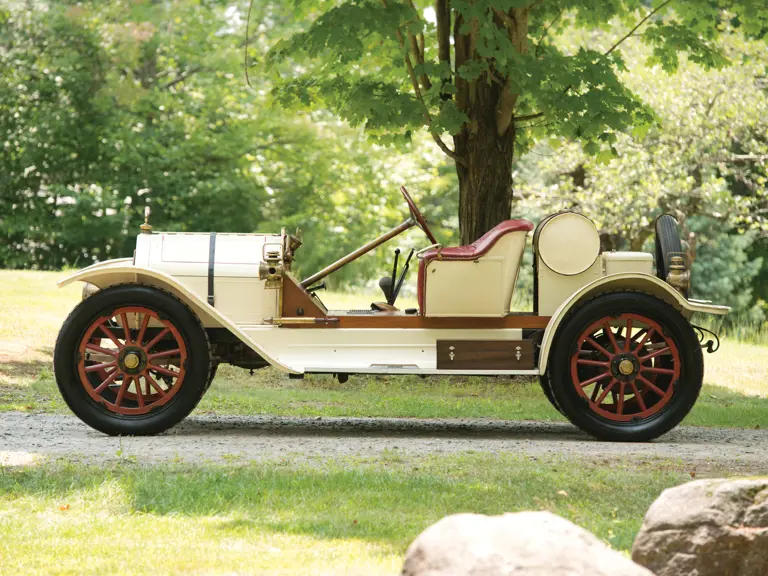
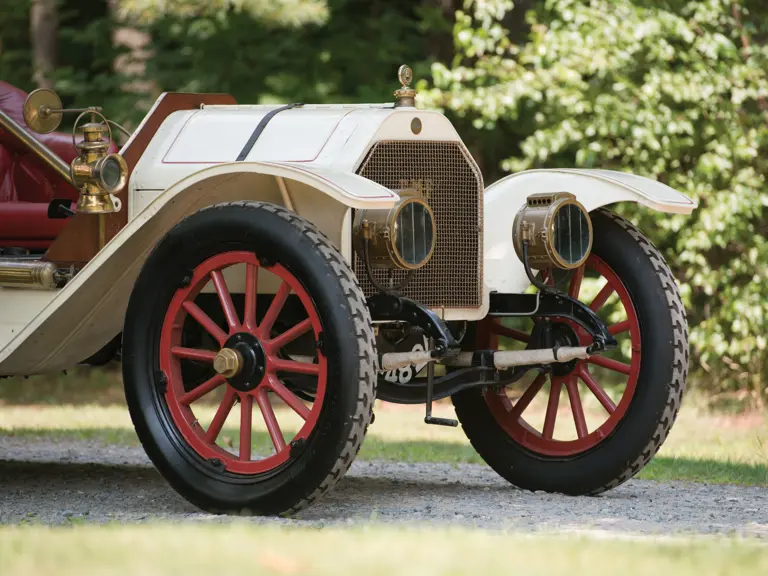

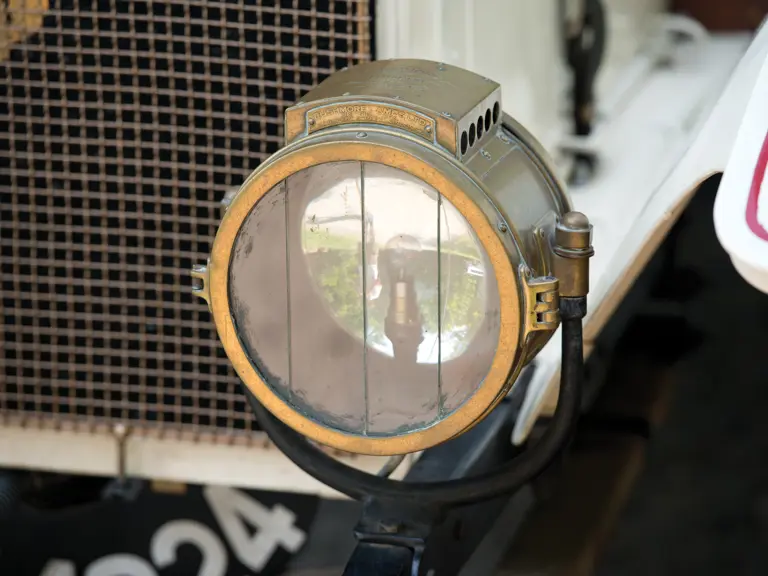

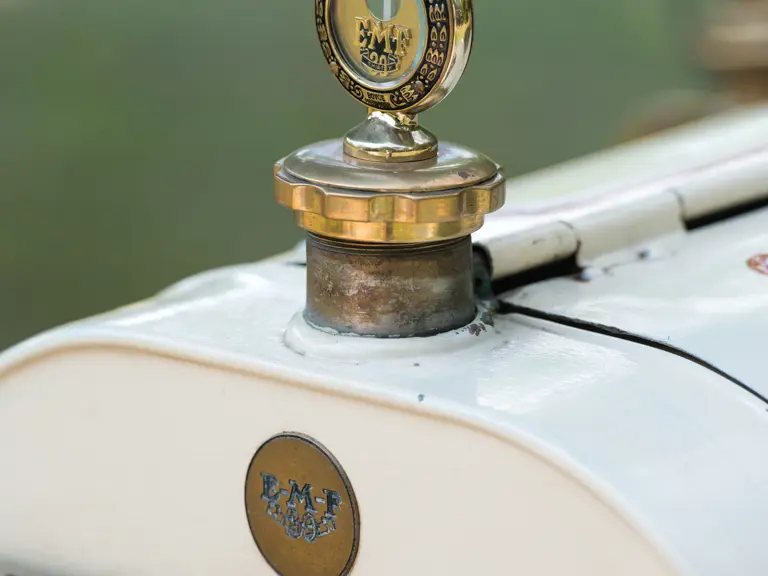
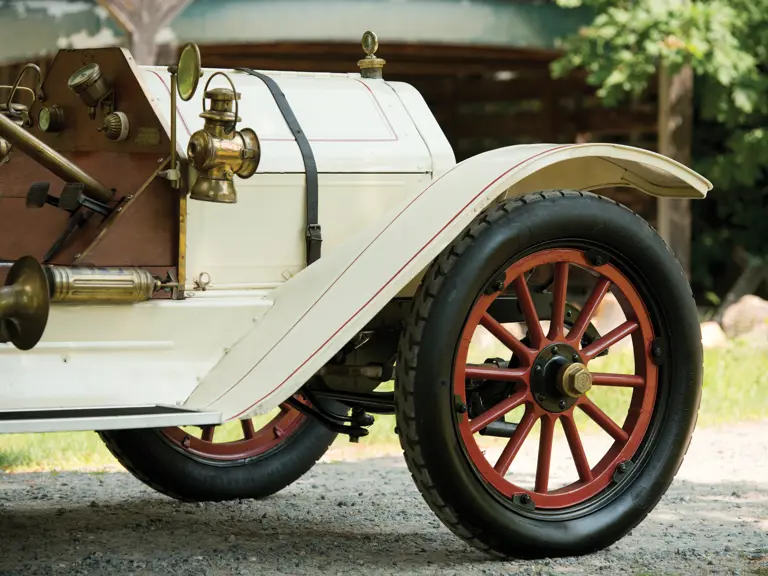
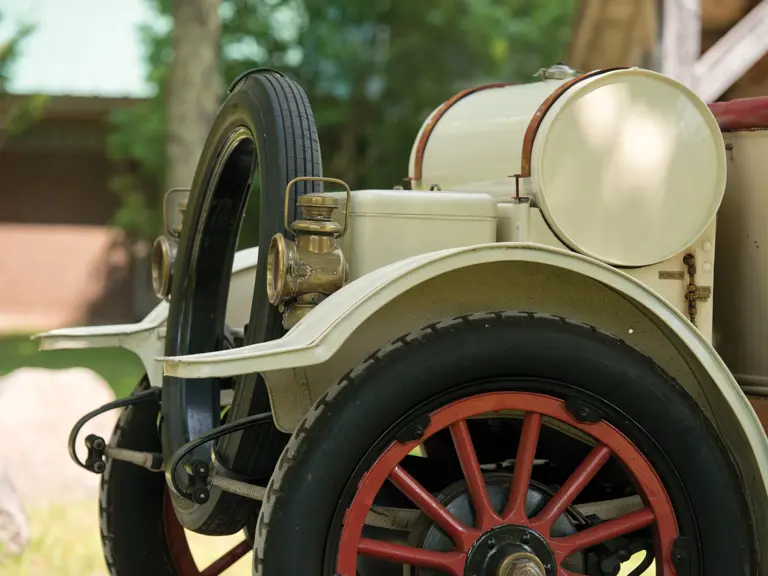
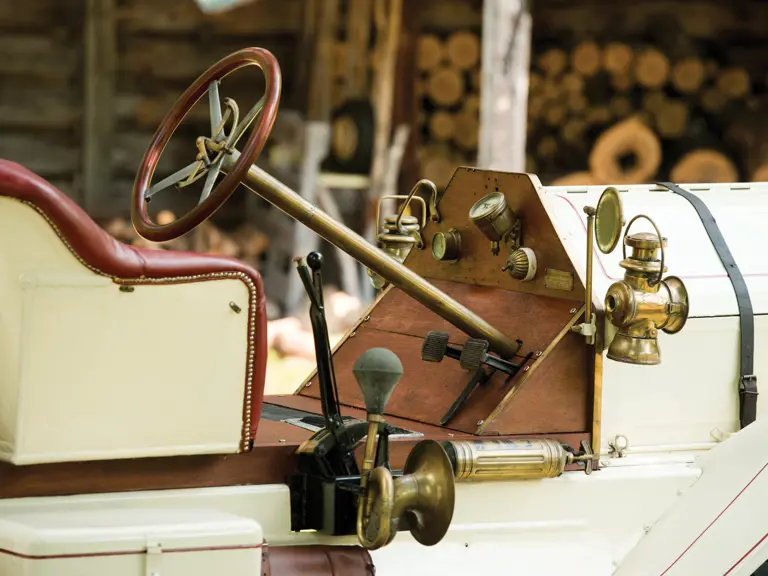
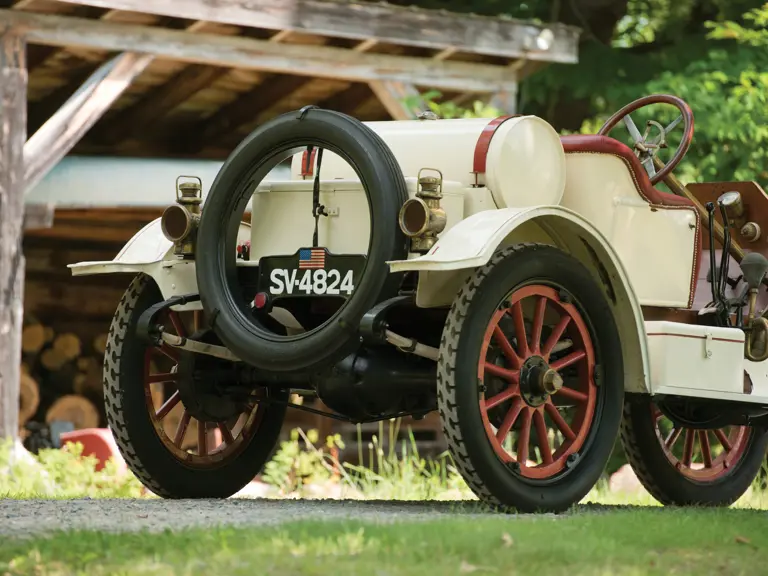
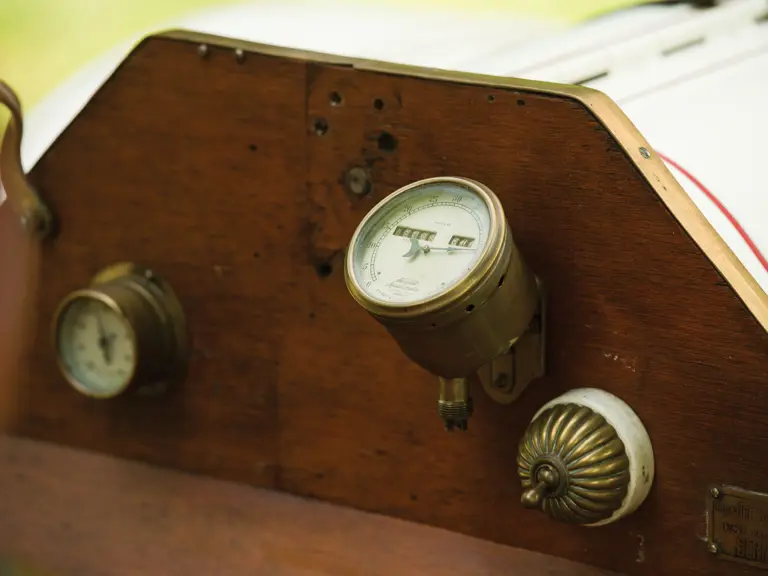
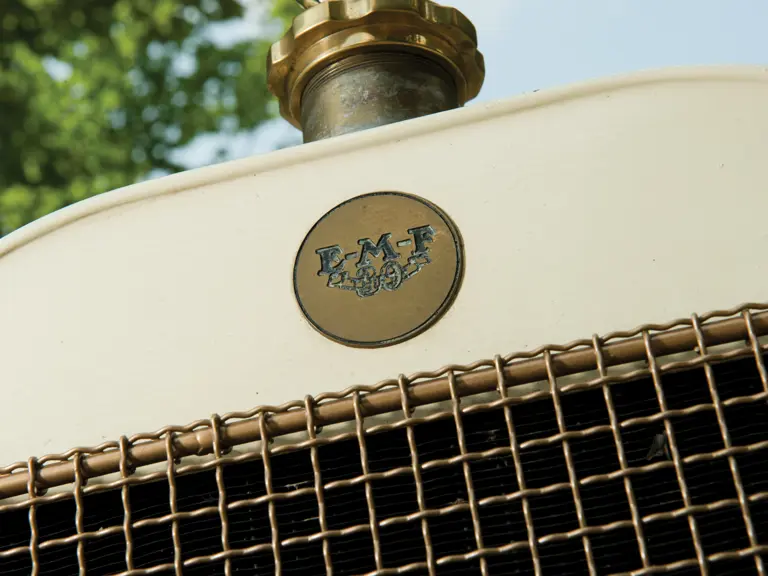
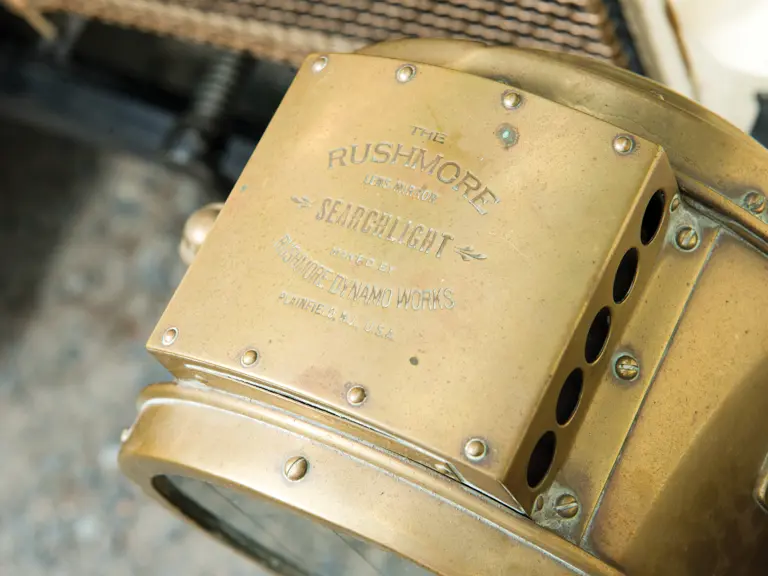
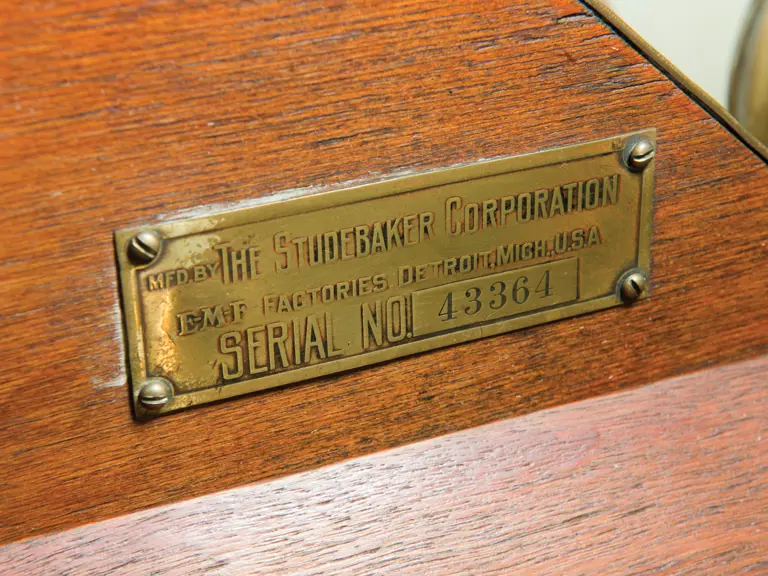
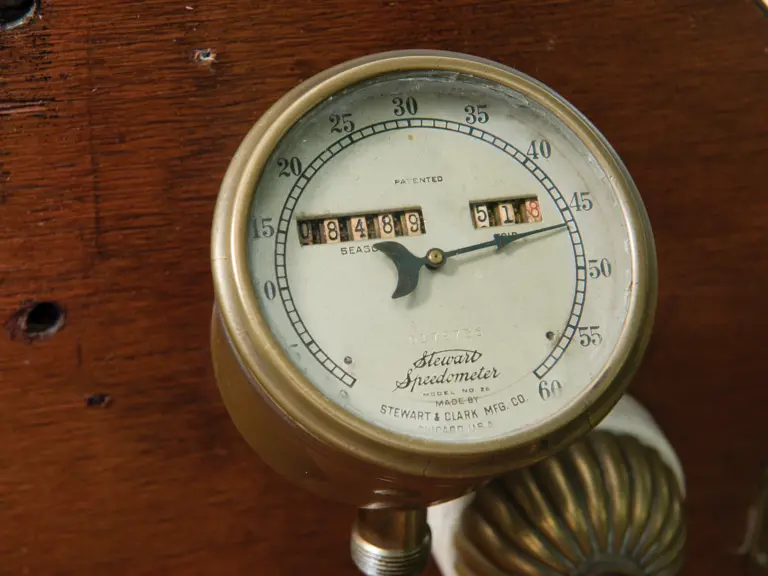

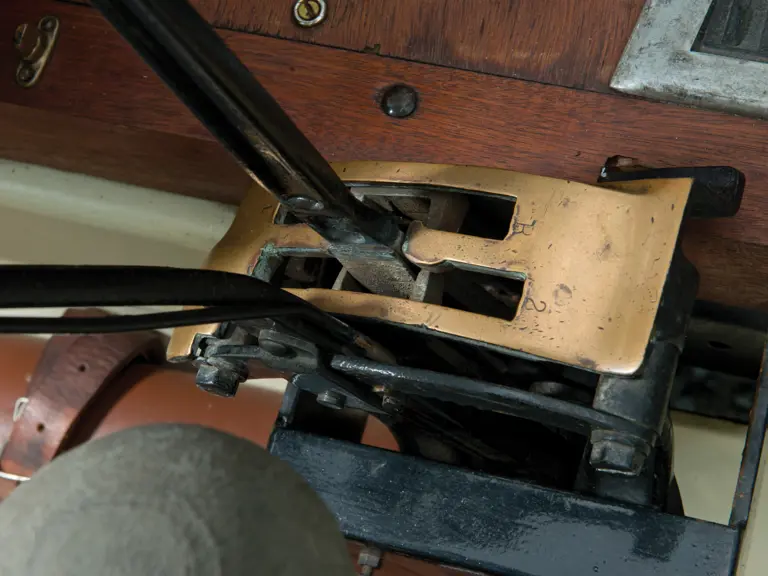
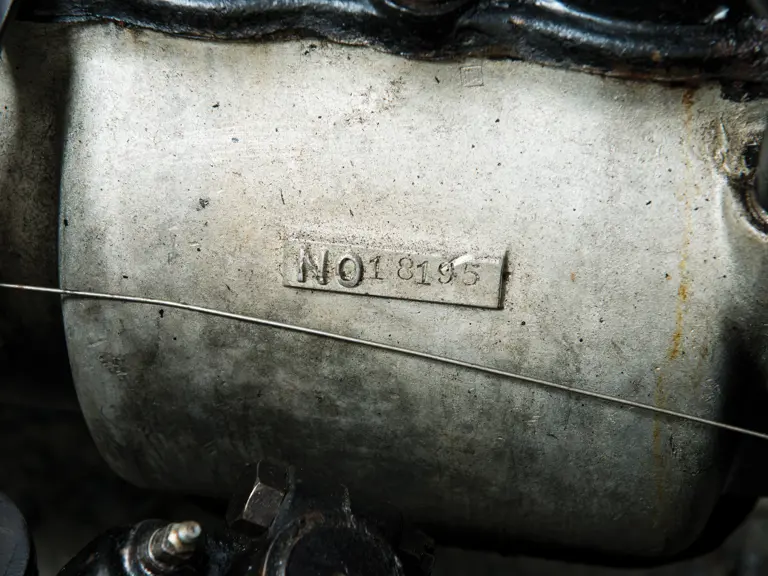
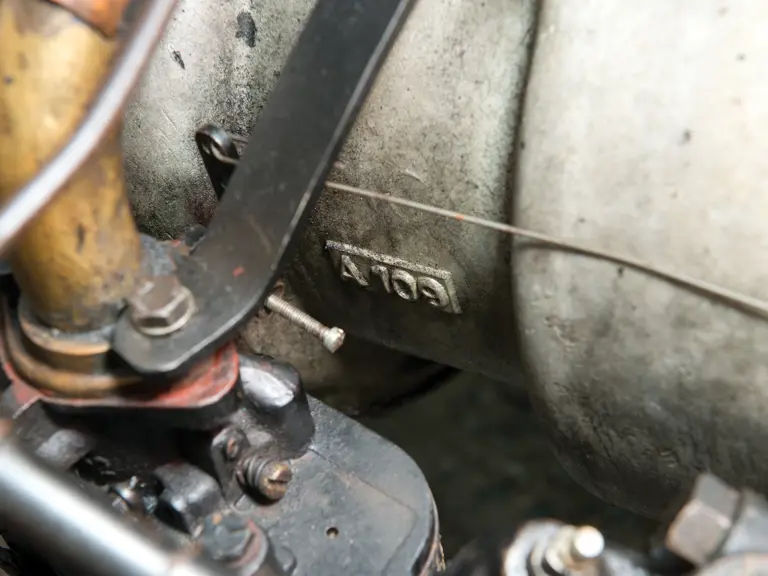
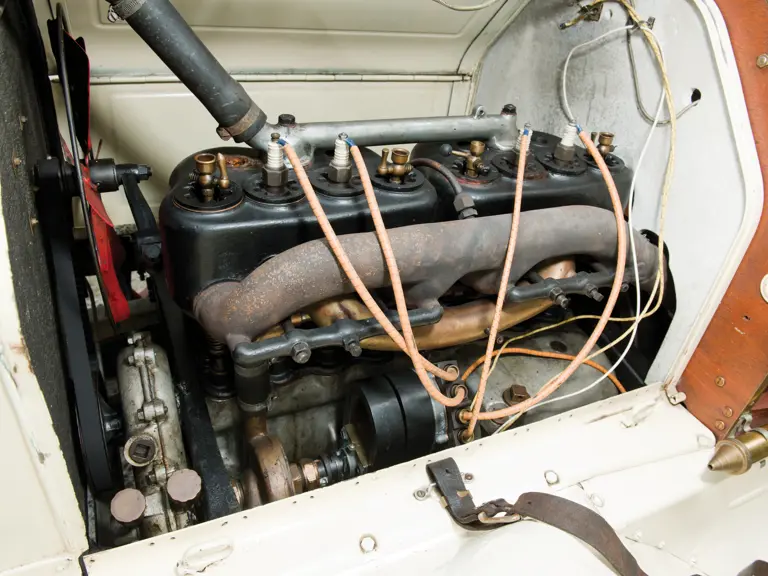
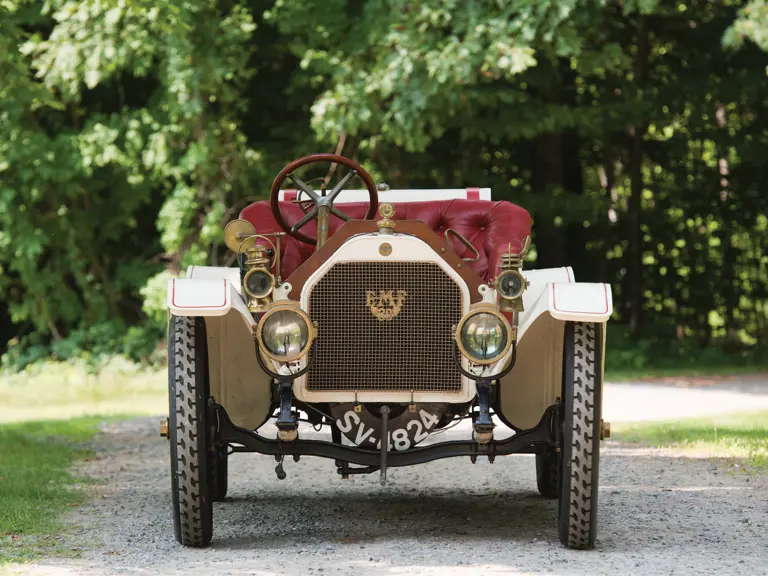
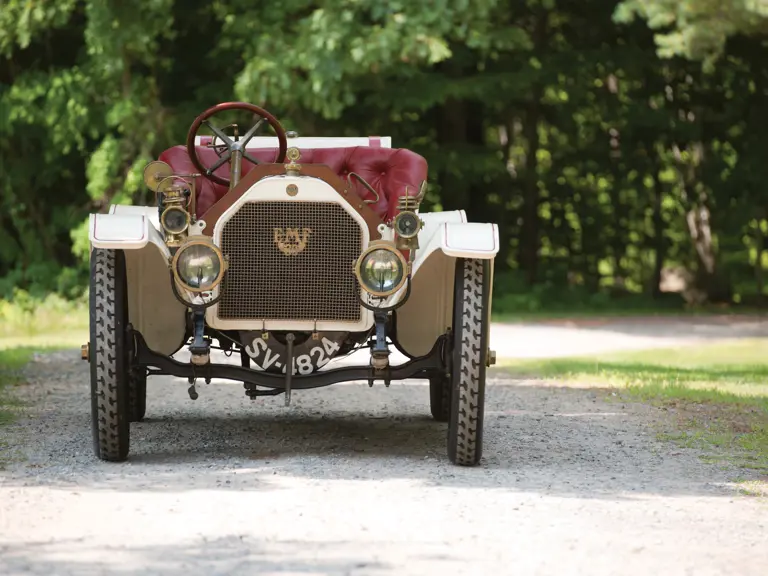
 | Hershey, Pennsylvania
| Hershey, Pennsylvania
